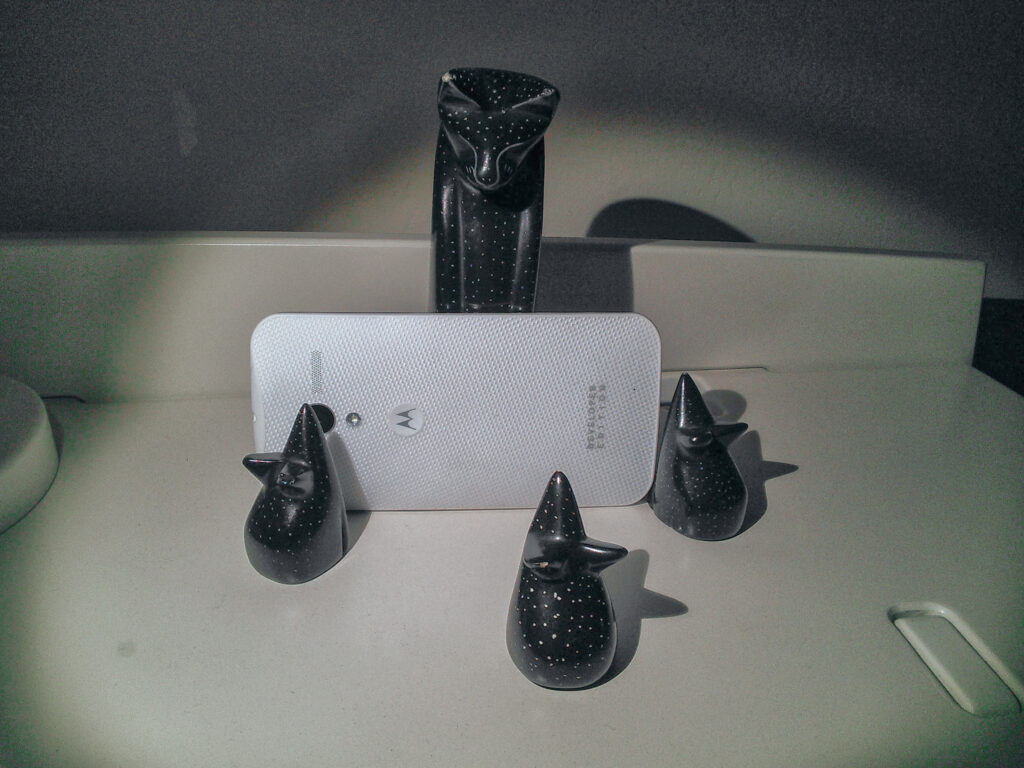A decade ago today, Google released Moto X—a classic smartphone by every measure that matters. Two years earlier, the search and information giant initiated a $12.5 billion acquisition of Motorola Mobility, which would manufacture the Android. Months following the initial launch, I bought the Developer Edition and loved it.
Moto X promised so much: American assembled in a Texas factory; made-to-order, with custom color and other personalization options; simple, straightforward online ordering, tight integration with Google services; voice activation and commands. Nothing like the device, the purchasing experience, or truly hands-free operation existed in 2013.
But, like so many other products or services developed by Google, the company chucked away an asset of immense promise and value—selling Motorola Mobility to Lenovo for $2.91 billion in October 2014 (deal announced in January but delayed awaiting regulatory approval). You read rightly: sold for about $10 billion less than paid for. Motorola still produces fine phones, which don’t get any more respect now than did Moto X.
I praised Google’s Motorola Mobility acquisition and the potential for bringing real innovation to smartphone development—and from two American industrialists. Google had the chops to challenge Apple, which by 2013 already had defaulted iPhone to derivative and iterative design ethic.
Samsung would later succeed where Googorola could have and brilliantly. The South Korean manufacturing behemoth squashes Apple under the weight of truly meaningfully beneficial smartphone innovation. But that’s topic for another day.
I shot the Featured Image on Oct. 5, 2013 at 10:06 p.m. PDT. Metadata is incomplete, so I am uncertain which phone used or the vitals.
